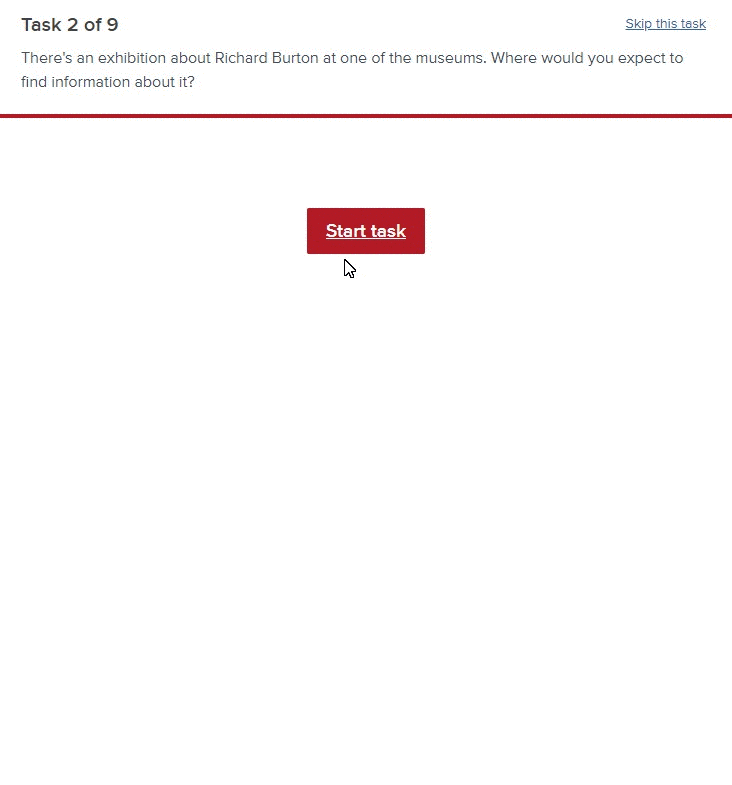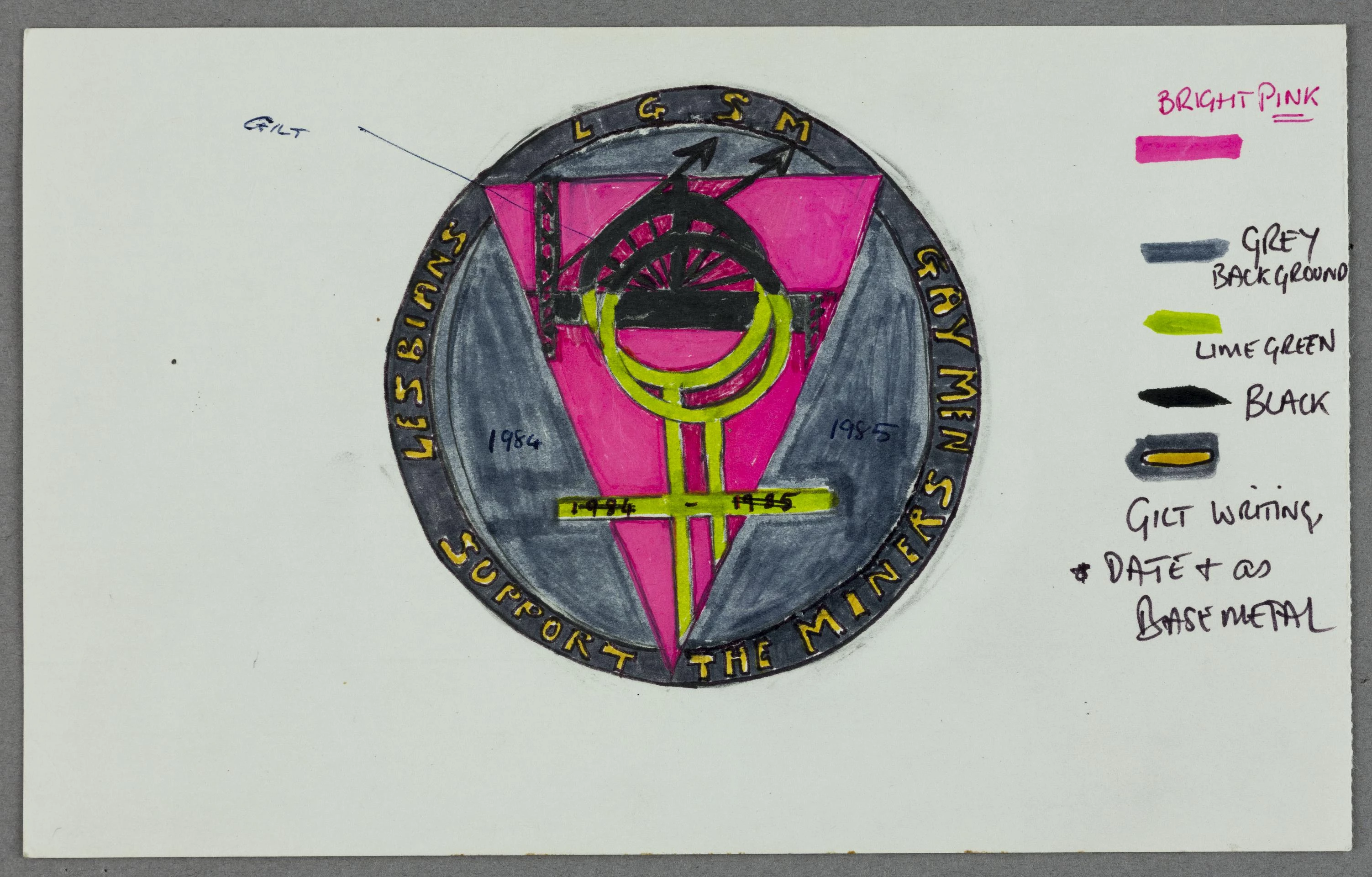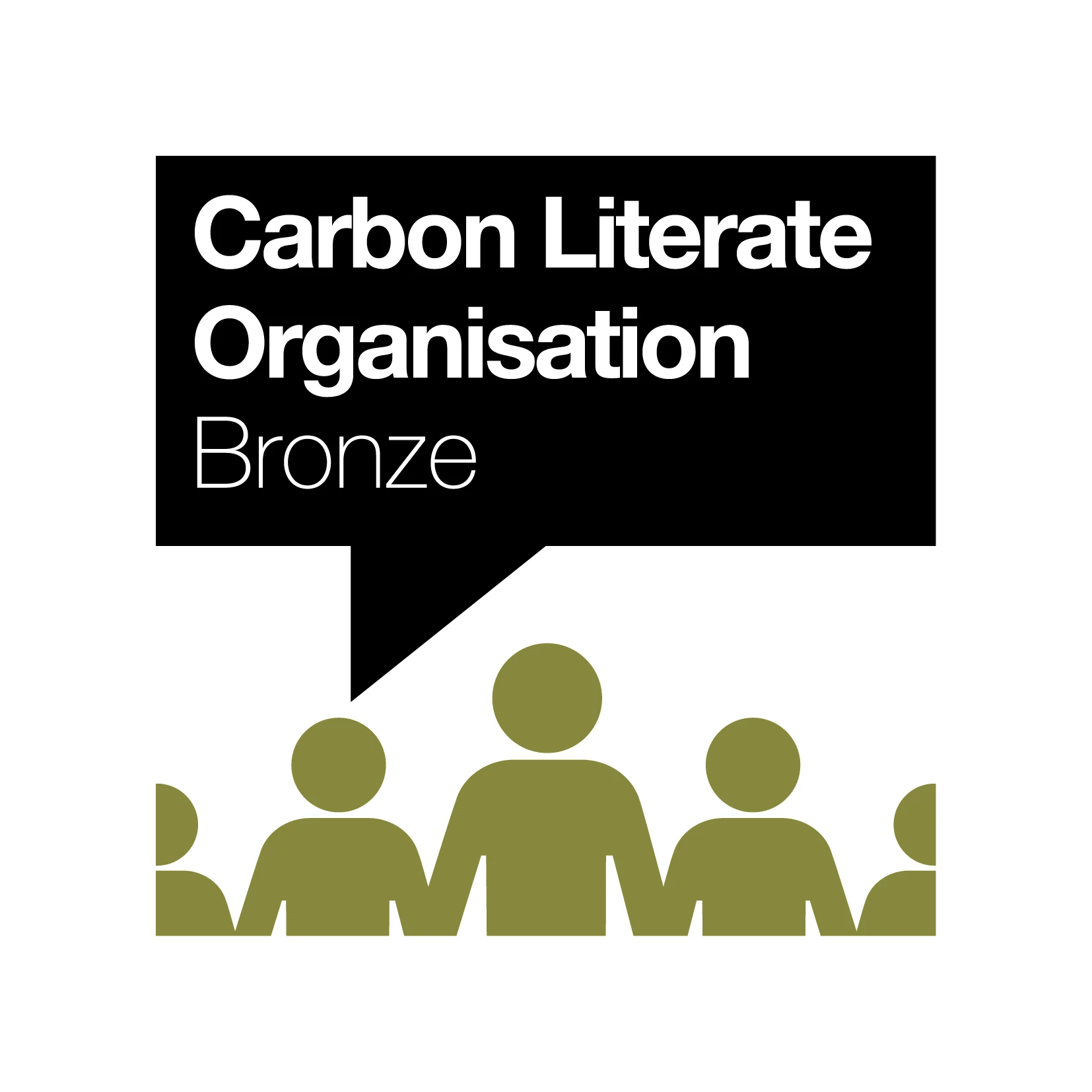Project datblygu'r wefan
, 23 Mai 2022
Gwrando ar leisiau defnyddwyr digidol Amgueddfa Cymru
Rydyn ni yng nghanol cyfres gyffrous o brojectau fydd yn gweddnewid ein darpariaeth ddigidol i gwsmeriaid. Rydyn ni'n datblygu cyfeiriad ffres i'n strategaeth ddigidol, gan ailedrych ar y systemau sy'n galluogi pobl i ymwneud â ni, ac yn ailfeddwl sut y byddwn ni'n mynegi ein hunain ar-lein.
At hyn, rydyn ni'n edrych ar rôl ein gwefan. Mae wedi bod yn gwasanaethu'r Amgueddfa ers blynyddoedd, ac er ei bod wedi esblygu yn yr amser hwnnw, mae'n amser am newid pellgyrhaeddol.
I ddechrau'r broses, byddwn ni'n gweithio gydag asiantaeth o'r enw One Further. Byddan nhw'n ein helpu i ddatblygu dealltwriaeth well o sut mae'n gwefan yn gwasanaethu ein defnyddwyr a ble mae cyfleoedd i wella. Bydd eu persbectif allanol o fudd, oherwydd o weithio gyda'r wefan o ddydd i ddydd, mae'n anodd i ni gael trosolwg diduedd ohoni.
Rydyn ni hefyd yn ymwybodol iawn y bydd yn rhaid i'r wefan newydd wasanaethu pobl Cymru a darparu platfform i ddenu'r cymunedau rydyn ni'n cydweithio â nhw (a chymunedau rydyn ni am weithio gyda nhw yn y dyfodol). Rhaid i ni felly glywed yn uniongyrchol gan y bobl a'r cymunedau hynny.
Dyma elfen fawr o waith One Further droson ni. Yma maen nhw'n esbonio rhai o'r dulliau rydyn ni'n eu defnyddio i gasglu barn ein defnyddwyr digidol.
Pwy sy'n ymweld â'r wefan a pham
I gasglu amrywiaeth eang o ymatebion rydyn ni wedi bod yn defnyddio amrywiaeth o holiaduron ar ein gwefan.
Mae holiaduron bwriad defnyddwyr yn gofyn i bobl beth yw diben eu hymweliad. Yw'r rheswm yn bersonol neu'n broffesiynol? Ydyn nhw am gwblhau tasg benodol?
Mae holiaduron defnyddio cynnwys yn gofyn i bobl fesur safon tudalen benodol ac awgrymu gwelliannau.
Mae holiaduron gadael yn ymddangos pan mae'n edrych yn debyg bod rhywun am adael y wefan. Dyma pryd fyddwn ni'n gofyn am ansawdd eu profiad a pa welliannau yr hoffen nhw eu gweld.
Wrth gwrs, gall yr holiaduron fod yn boendod o'u defnyddio'n ansensitif. Rydyn ni'n gwneud yn siŵr taw dim ond ar dudalennau priodol y byddan nhw'n ymddangos, ac nad ydyn ni'n tarfu ar rywun sydd ar hanner cwblhau tasg.
Mae mwyafrif y cwestiynau yn amlddewis er mwyn annog mwy o bobl i'w cwblhau, a fyddwn ni ddim yn dangos mwy nag un holiadur i bobl mewn un sesiwn.
Hwyluso taith defnyddwyr
Rydyn ni am ddeall pa mor hawdd a chyflym y gall pobl ganfod gwybodaeth ar y wefan. Yw'r dyluniad yn reddfol? Ydyn ni'n defnyddio'r labeli cywir i gyfeirio pobl?
I brofi hyn rydyn ni'n defnyddio rhaglen o'r enw Treejack. Mae'n ein galluogi i greu model o ddyluniad gwefan a gosod tasgau i bobl eu cwblhau. Mae'r rhain yn cynnwys gofyn iddyn nhw ble yn strwythur y wefan bydden nhw'n disgywl canfod gwybodaeth benodol.
Rydyn ni wedyn yn anfon dolenni at bobl ac yn aros i'r canlyniadau ddychwelyd.
Drwy ofyn i bobl gwblhau teithiau defnyddiwr cyffredin ar y wefan gallwn ni adnabod problemau, llwybrau seithug, a rhwystrau.
Os oes cyfran fawr o bobl yn mynd at adran anghywir o'r wefan, mae'n debyg bod angen i ni ailfeddwl pensaernïaeth y wefan. Os yw pobl yn cyrraedd yr adran gywir ond yna'n dilyn sawl opsiwn gwahanol, efallai bod angen ailfeddwl y labelu. Mae'r cyfan yn adborth defnyddiol.

Profi defnyddioldeb wyneb yn wyneb
Mae'r ddau ddull uchod yn ein galluogi i gasglu gwybodaeth eang. Ochr arall y glorian wedyn yw profi defnyddioldeb ar raddfa bersonol, a hynny gyda sgyrsiau unigol dros Zoom.
Rydyn ni'n gofyn i unigolion rannu eu sgriniau ac yn gosod cyfres o dasgau cyffredin i'w cwblhau.
Gyda'r person ar ochr arall y sgrin, gallwn ni ofyn cwestiynau pellach i ddeall yn well y penderfyniadau a'r rhagdybiaethau a welwn ni. Pan fydd rhywun yn mynd ar goll, mae'n anodd weithiau ceisio peidio eu rhoi nhw ar ben y ffordd!
Rydyn ni'n gwneud yn siŵr ein bod ni'n siarad â sampl cynrychioliadol o bobl, a defnyddiwyd holiadur sgrinio ar y wefan cyn trefnu sesiwn ar amser oedd yn gyfleus iddyn nhw.
Cyn y pandemig bydden ni'n aml yn cynnal y profion yma mewn canolfan brofi defnyddioldeb arbennig, neu yn swyddfeydd ein cleient. Ond rydyn ni wedi gweld sawl budd o brofi o bell, yn enwedig:
- Mae'r person yn gallu defnyddio eu hoffer eu hunain, mewn lleoliad cyfarwydd, sy'n gwneud iddyn nhw ymlacio,
- Does dim angen teithio, felly gallwn ni brofi pobl fyddai ddim wedi gallu gwneud hynny fel arfer, ac
- Nid yw'r gymaint o broblem os oes yn rhaid i berson ganslo ar y funud ola.
Defnyddio'r wybodaeth newydd
Mae casglu adborth uniongyrchol gan gynulleidfaoedd y wefan yn gynnar yn y broses yn hynod ddefnyddiol i lywio ein dealltwriaeth o sut mae pobl yn gweld y wefan. Mae hyn wedi arwain at sgyrsiau mwy deallus gan bobl mewn gwahanol adrannau.
Bydd yr adborth hwn hefyd yn llywio gwelliannau i'r wefan. Mae rhai gwelliannau yn hawdd i'w cyflwyno, ond byddwn ni'n defnyddio ein dealltwriaeth newydd i awgrymu gwelliannau ehangach wrth lywio cyfeiriad y wefn i'r dyfodol.








